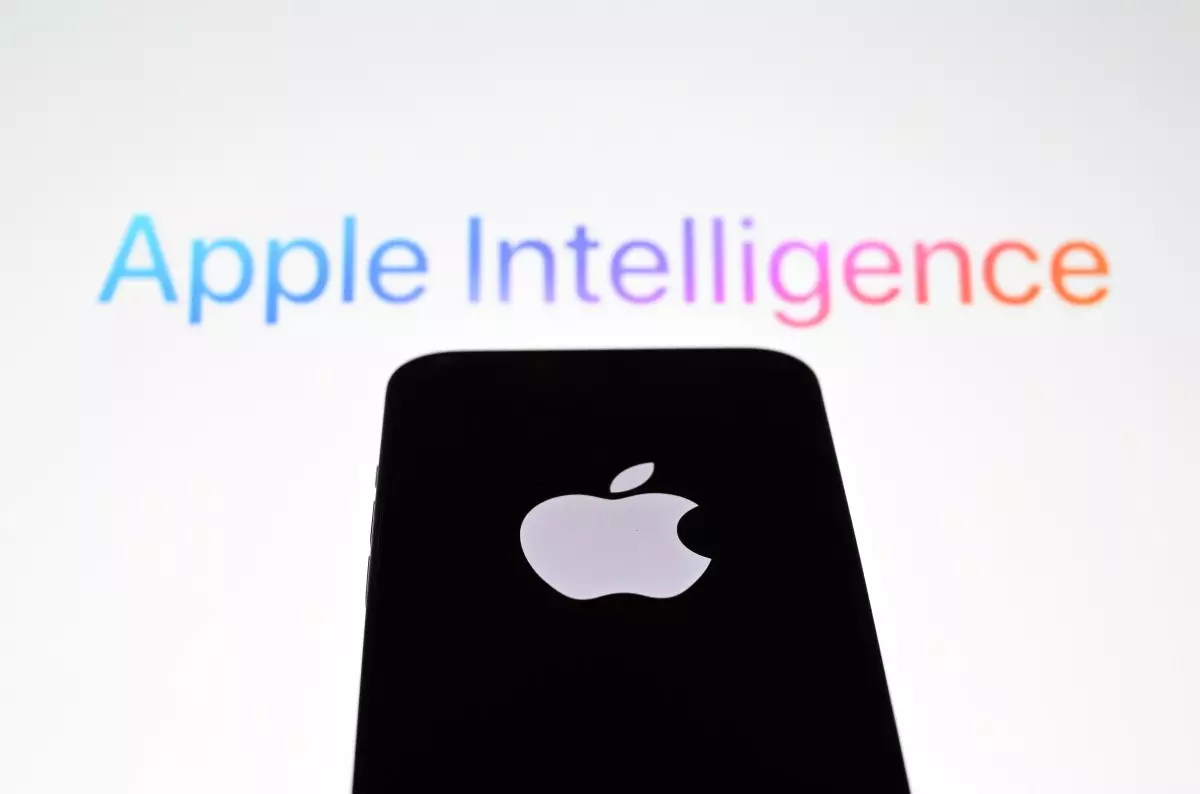The advent of artificial intelligence in personal computing and mobile technology has changed the landscape dramatically. Apple’s introduction of iOS 18 comes with a host of new features, significantly enhanced by AI capabilities, but how beneficial are these updates really? Let’s delve into the innovative features that accompany the iPhone 16, the associated availability timeline, and the implications for everyday users.
One of the standout features of iOS 18 is its intelligent text processing. Apple’s AI-powered capabilities allow the system to proofread messages, summarize long texts, and even adjust the tone to match a desired emotional context. Such advancements can significantly improve written communication by ensuring clarity and professionalism. However, it is critical to note that even the most sophisticated AI has limitations. Reports indicate that the system struggles with inappropriate language and complex subjects, such as drugs and crime, which could lead to miscommunication or unintentional insensitivity.
This refinement in text processing brings a level of convenience for users who often find themselves juggling between formality and casualness in their messages. Nonetheless, the inherent challenge remains: while users can enjoy this advanced tool, the value is maximized only if they are aware of the AI’s weaknesses and use it judiciously to avoid pitfalls that could arise in sensitive communications.
In another major upgrade, Apple’s voice assistant, Siri, receives a significant overhaul in iOS 18. Enhanced animations and an improved ability to grasp nuanced requests—like adjusting timer settings—revolutionize user interaction. Adding the option to communicate with Siri through text also marks a pivotal change, catering to environments where vocal communication is impractical or unwelcome.
Moreover, Siri’s newfound ability to offer context-aware assistance for Apple products gives users a more informative experience. However, while these updates are promising, it remains to be seen how effectively Siri can adapt to complex requests in real-time interactions. The effectiveness of such an AI assistant is largely dependent on its ability to understand diverse user requests accurately, which can still be a challenge.
One of the most visually appealing features of iOS 18 is the AI-driven image editing functionalities. Drawing parallels with Google’s Magic Eraser, Apple introduces a tool that can detect and remove unwanted objects or individuals from photos. This capacity, combined with the manual selection tools, empowers users to create visually engaging images without extensive editing skills.
Additionally, the revamped Photos app enhances personal storytelling. By using prompts driven by Apple Intelligence, users can create new Memories, encouraging creativity in how they organize memories. However, as users begin utilizing these features, it raises the question of accuracy in AI’s understanding of image context. Users will need to find a balance between human touch and machine capability in their digital curation.
In a world inundated with digital notifications—be it from emails, texts, or various applications—iOS 18 aims to streamline this barrage of information. The summarization feature seeks to condense multiple notifications, providing clarity by presenting essential updates. This functionality extends to the Mail app, where priority emails are sorted and summarized, allowing users to engage efficiently with crucial information.
Yet again, the efficacy of such features can depend heavily on the AI’s ability to discern what is truly important for each user. As users start to rely on AI to filter their communications, subjective priorities could lead to potential oversights regarding significant messages or alerts.
As Apple prepares to roll out these robust features in iOS 18, it becomes clear that the integration of AI could herald a new era for personal computing and communication. However, the challenge lies in balancing reliance on technology with the need for critical human understanding and input. The anticipated arrival of new functionalities throughout October will certainly intrigue tech enthusiasts, but the ultimate success of these offerings will depend on familiarizing users with their strengths and limitations. As the iPhone 16 and iOS 18 march forward, the question to ponder is: how will users leverage these advanced tools to enhance their day-to-day workflows without succumbing to over-dependence?

